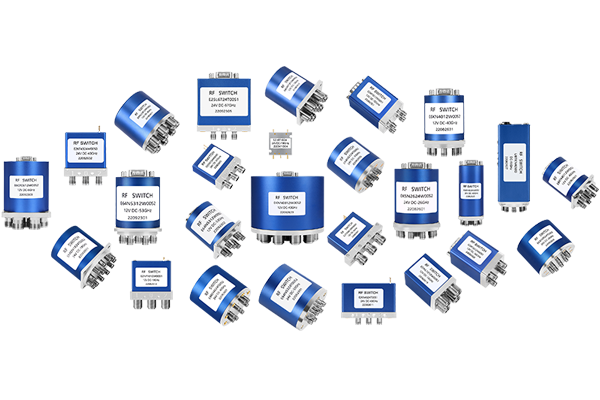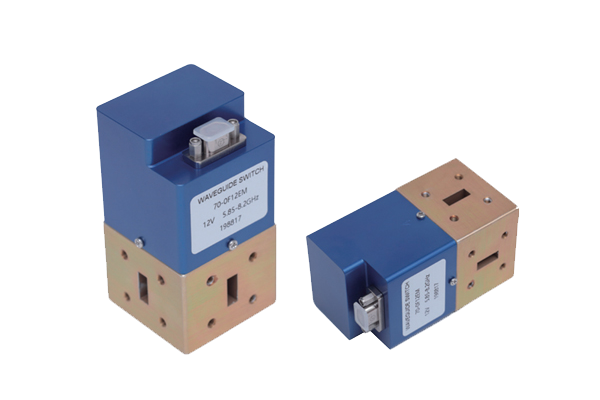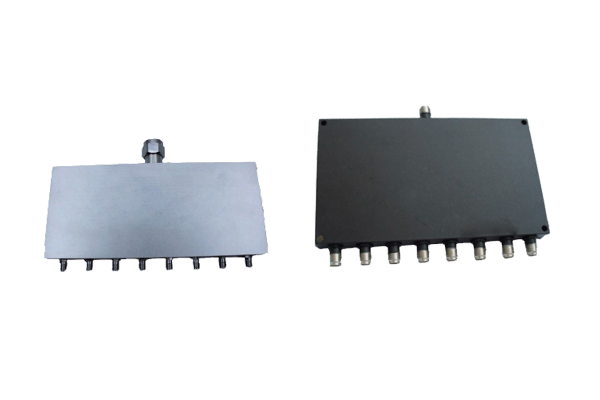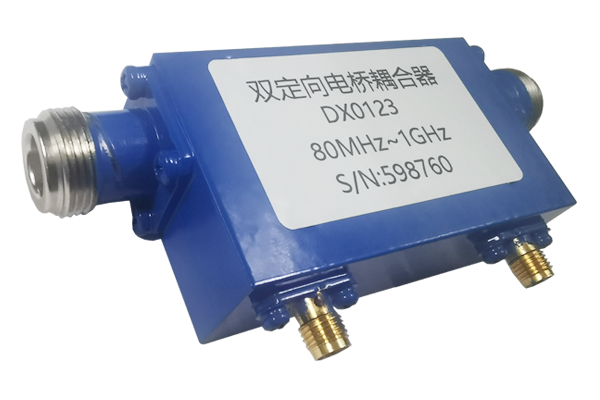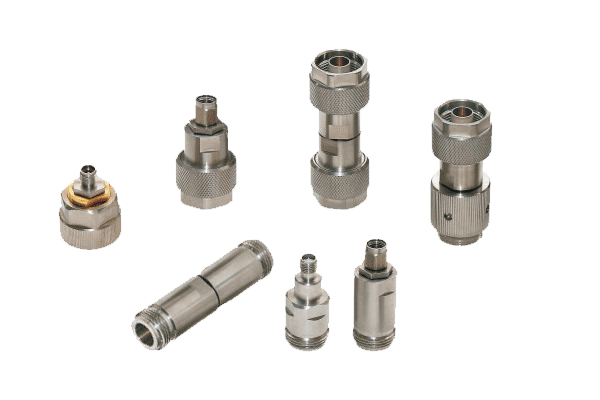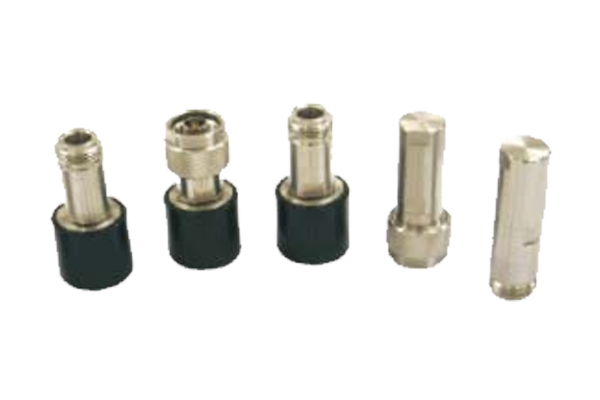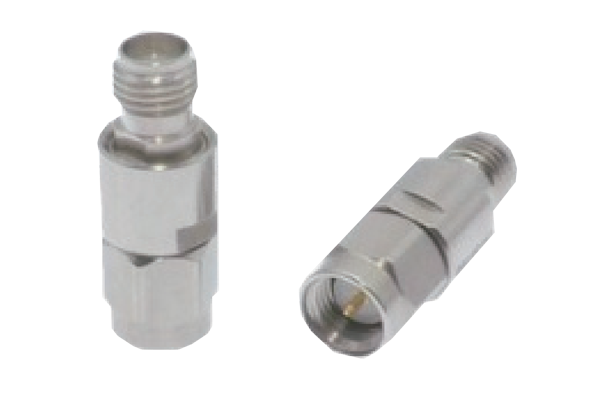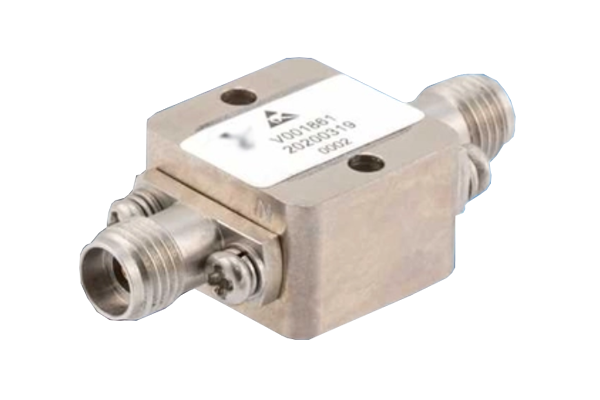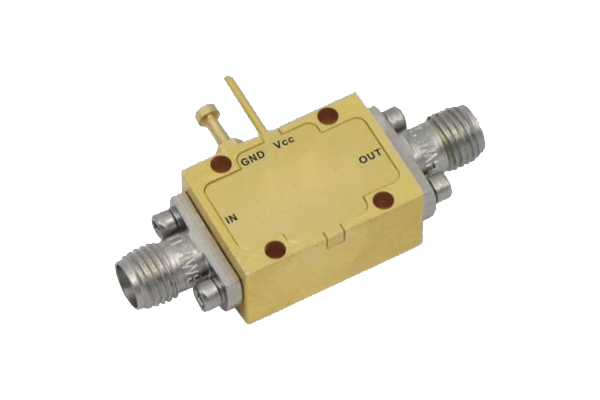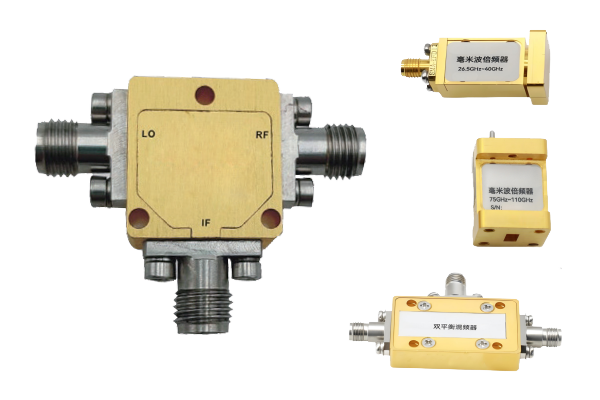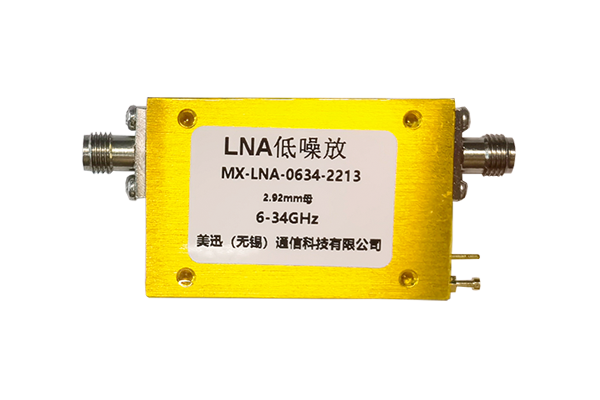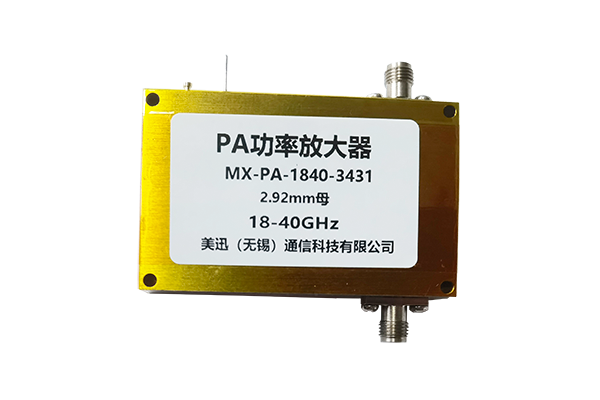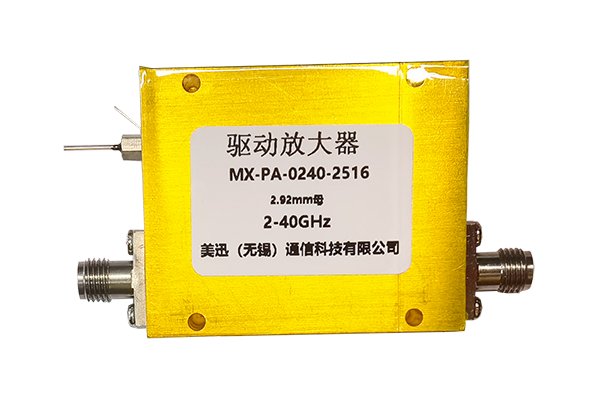How much power can an RF pin diode switch withstand
RF Pin Diode Switch Power Capacity
Key factors determining the power handling capability of RF pin diode switches
Core Factors
The power an RF pin diode switch can withstand is primarily determined by:
Diode Material: Silicon carbide or gallium nitride typically have higher thermal conductivity and breakdown voltage than traditional silicon diodes.
Structural Design: Designs with larger diode chips or enhanced heat-dissipating paths distribute heat more effectively.
Packaging: Metal or ceramic enclosures affect heat transfer, with robust packaging supporting higher power operation.
Operating Conditions
Operating conditions significantly influence the switch's actual power-handling ability:
Temperature: High ambient temperatures reduce power capacity by limiting heat dissipation.
Frequency: At higher frequencies, parasitic resistance and capacitance increase, leading to greater power loss.
Signal Type: Some switches handle higher peak power in pulsed mode than continuous-wave mode due to reduced cumulative heat buildup.
Manufacturer Specifications
Manufacturer-provided specifications are critical for understanding a switch's power limits:
Each RF pin diode switch comes with rated power values determined through rigorous testing under standard conditions.
Ignoring these ratings can lead to:
- Permanent damage such as diode burnout
- Reduced isolation performance
- Degraded insertion loss characteristics
Practical Operation Tips
To maximize the RF pin diode switch power-handling safety:
- Select a model whose rated power matches or exceeds your application's maximum expected power
- Operate within specified temperature and frequency ranges
- Incorporate heat-dissipating measures like heat sinks or adequate airflow
- Regularly inspect for signs of overheating
- Avoid sudden power surges that exceed transient power tolerance



